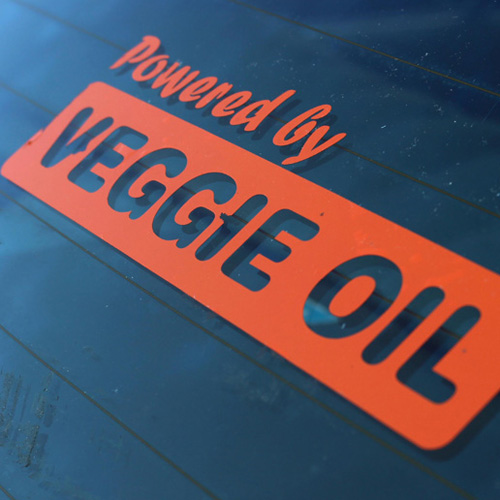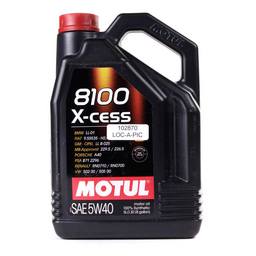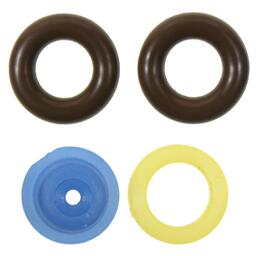Vintage Mercedes diesels were and still are some of the most formidable cars on the roads. These vehicles are the epitome of ‘they don’t make them as they used to’ adage, because they really don’t. As it turns out, these indestructible diesel engines are durable, but they can also run on alternative fuel sources. Enter WVO conversion – or how to make your old diesel-run on waste vegetable oil! 
From Deep Friers to Diesel Engines
Vegetable oil has many purposes, most of which have to do with thermally treating food. If you were to take inventory of all the cooking oil that gets used up and thrown away by restaurants in a small town, you’d be dealing with massive amounts of waste. The situation is much worse in larger cities.
One cool thing about used vegetable oil is that you can turn it into fuel! The concept might sound novel. However, it’s anything but. Converting vegetable oil into fuel was done as far back as the late 1930s. That being said, the whole biodiesel trend became a thing recently when people figured they could use this type of fuel in older, simple diesel engines with limited conversions necessary.
How Does Using Vegetable Oil Work Exactly?
To understand how biodiesel or use of vegetable oil in cars works, we need to know how diesel engines work. One of the main differences between a diesel engine and your standard gas engine is in the ignition cycle.
Gasoline engines require a spark plug to provide a spark and ignite the fuel after it’s been injected into the cylinder. Diesel engines don’t need an ignition source. Instead, they use compression to ignite atomized fuel that’s been injected into cylinders. Comparing diesel fuel and gasoline, you’ll notice that diesel is also much more oily.
Someone figured out that you could probably use vegetable oil since it has somewhat similar characteristics as diesel fuel. However, you can’t just drop a gallon of vegetable oil in your fuel tank and crank it. There are a few issues you need to sort out first!
The Issue with Waste Vegetable Oil
Oil is fairly thick. It’s much thicker than diesel fuel. Since diesel engines and all the auxiliary systems are made to work with low viscosity fuel, introducing something as vicious as vegetable oil would just throw a wrench into the whole project.
Fortunately for us, vegetable oil drops in viscosity as it heats up. There are two ways you can get around this.
Separate Gas Tank
The first method includes having a separate gas tank for vegetable oil and one for your regular fuel. By having to gas tanks, you can rig the car, so it starts using regular diesel until the veggie tank is warmed up. Then, the system would switch fuels and run on vegetable oil until it’s time to shut the engine off.
Before you turn off your car, you’d have to switch to regular diesel to flush the fuel lines and prime the vehicle for the next driving session.
Thermostat Controlled Heater System
The other popular option is to create a heater system that would heat the oil before it reaches the engine. You’d essentially be introducing a cast-iron sump that has a glow plug attached to it. The glow plug is thermostat controlled, so it would light up as soon you turn the key, just like on any regular diesel car.
You’d also want to add another sump heater closer to the engine, which would keep the oil liquid enough for the injectors to work with
Overall, this method does require a bit more work, which is why any WVO conversion is regarded as a more advanced DIY project. It’s not too hard, though. Plus, there are plenty of kits out there by now. Using one of those would still require customizing the engine, but it’s far from impossible.
Preparing the Waste Vegetable Oil
Going around town collecting waste vegetable oil from restaurants isn’t where your ‘gas run’ ends. The oil needs to be filtered before it can be used in your newly converted car.
If you think about it, there’s always chunks of food, french fries, or batter left in a batch of used oil. Restaurants don’t filter that stuff out, and your car wouldn’t appreciate having a french fry stuck in its fuel lines. Therefore, filtering vegetable oil is a necessary step.
There are many ways to filter the fuel as well. Some use complex home-built rigs while others use several passes through coffee filters. Your mileage may vary.
Is Waste Vegetable Oil a Reliable Fuel Source?
Generally speaking, using vegetable oil to fuel cars isn’t really a sustainable alternative fuel source. Sure, an average city dumps hundreds of gallons of waster vegetable oil every day, but that would be nowhere near enough to fuel all the diesel cars in that city if they were to convert to this type of fuel.
Fortunately for those savvy and mechanically inclined to handle a WVO conversion, there aren’t too many cars out there running on vegetable oil.
What About Modern Diesel Engines?
There’s another catch when it comes to using vegetable oil as fuel – it doesn’t work well within modern diesel engines. The reasons for this are many. For one, modern diesel cars are packed with electronics, sensors, and all kinds of gizmos whose sole purpose is to measure how much fuel enters the engine and so on. Introducing vegetable oil to such a system simply wouldn’t work too well.
But wait, there’s a solution! Instead of using used veggie oil, you can get away with using biodiesel.
Is Waste Vegetable Oil Same as Biodiesel?
Many people conflate biodiesel with waste vegetable oil. This is because the former is a product of the latter. However, to make biodiesel, you need to push vegetable oil through the process of transesterification.
Transesterification is used to remove the glycerin from the oil, leaving you with methyl esters and glycerin as two separate products. Methyl esters are your biodiesel. It’s also worth mentioning that biodiesel is actually heavily regulated.
Every batch of biodiesel needs to meet the specifications for legal diesel motor fuel and the ASTM definition of biodiesel. As you can tell, biodiesel isn’t precisely your regular moonshine. It’s on a different level for the most part.
All of those regulations allow biodiesel to be used in most diesel cars without any conversion or adaption necessary to the vehicle itself. It’s best to consult your mechanic to find out whether your diesel car is suitable for use with biodiesel.
Is the Conversion Worth It?
For most people who decide to do it, it is worth the effort. Modifying your old Mercedes or Volvo could give it a new life. Burning waste vegetable oil is still much cheaper than buying regular fuel, plus you’re burning cleaner as oil burns much more efficiently.
There are really no downsides if we remove the necessary know-how associated with performing the conversion and doing it right.






